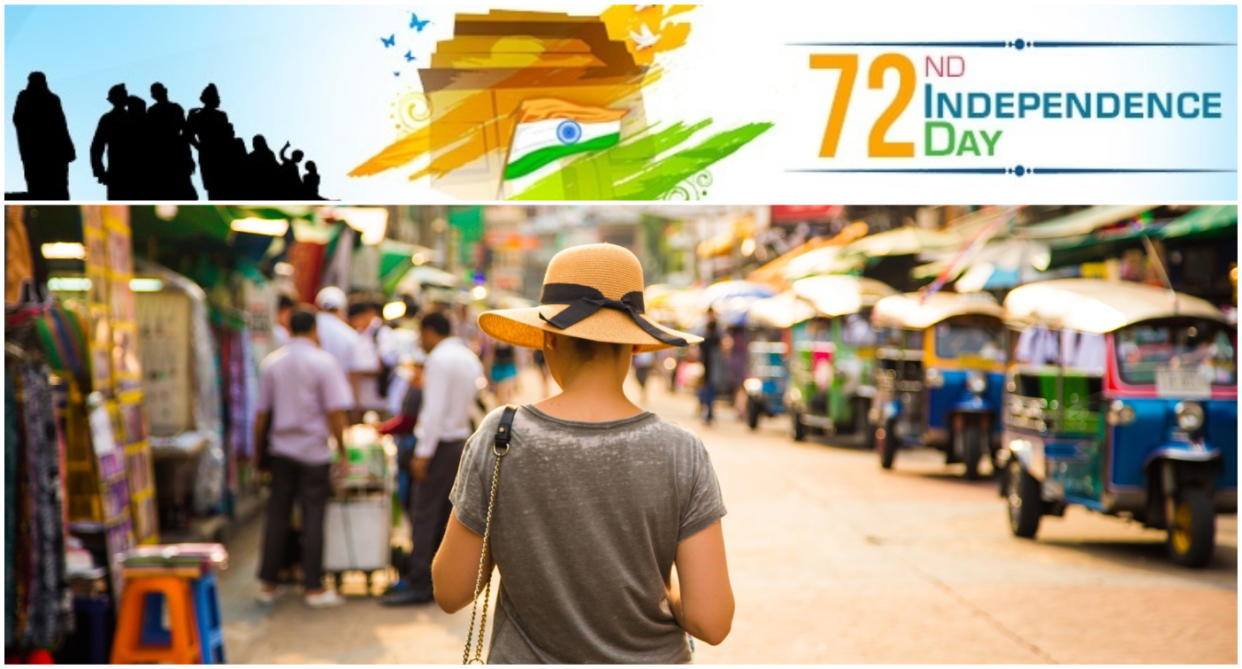When will Indian women see 'achhe din'?

‘What is going on in our country? Girls and women are getting raped left, right and center. Nobody is bothered.’ – Supreme Court judge Madan B Lokur, expressing concern over the safety of women in India (August 2, 2018)
Is this really true?
The Prime Minister of our country has a laundry list of initiatives that have been undertaken by his government to ensure the welfare of women and kids.
In a recent interview to Hindustan Times, Narendra Modi outlined the government’s various progressive schemes and achievements. He highlighted initiatives like the Swachh Bharat Abhiyan under which 1,472 cities have become ODF (open defecation free), the newly amended Maternity Benefit Act has increased maternity leave to 26 weeks, the Pradhan Mantri Matru Vandana Yojana that entitles pregnant women to avail themselves of maternity benefits for the first child; Mission Indradhanush that has increased the reach of life-saving vaccines for mothers and children.
The PM also boasted how his government has never ‘shied away from tough measures to protect the vulnerable’. In this regard he talked about the Triple Talaq Bill and the Anti-trafficking Bill. He also talked about Mahila Police Volunteers (MPVs), who will help women in distress.
Despite all these measures – The Supreme Court expressed serious concern over growing sexual violence in the country.
The court took suo motu cognizance of the incident at a Bihar shelter home where 34 minor girls were raped for months, and talked about the alarming National Crime Records Bureau statistics on rape in India. Judge Lokur, quoting NCRB figures for 2016, said a shocking 38,947 rapes were committed that year. This means 106 rapes a day or more than 4 rapes committed every hour. However, in the same period, only four cases of rape were reported every day in India.
The data also showed that incidents of child rape have increased by over 82% compared to 2015.
An article in The Guardian, dated August 9, 2018, stated, ‘Sexual violence is the new normal in India – and pornography is to blame’. Another article headline in the New York Times dated July 18, 2018 went, ‘An Entire Community Got Together to Rape a Child: India Recoils at Girl’s Assault’.
The infamous Nirbhaya case – the brutal rape and murder of a nursing student in 2012 – led to Delhi being rechristened ‘the rape capital of the world’. Subsequently, the ‘Nirbhaya fund’ was set up to ensure the safety and security of women. Yet, six years later, the statistics and news reports continue to reveal a grim reality.
Is India incapable of keeping its women and children safe?
Heinous crimes of sexual violence are reported on a daily basis. Whether it is in rural India or urban India, we hear daily of gangrapes, sexual assaults by OLA/Uber drivers, molestations in broad daylight — at times even in the presence of people who have chosen to be mere spectators.
Every time their daughter steps outside, anxious parents worry for her wellbeing. Learning some form of social defence or carrying pepper spray is no longer optional – it is now mandatory for Indian women to arm themselves against this continuing menace. Just go through any online travel blog and you will realise how a majority of the world considers traveling across India to be a genuine hazard for solo women tourists.
Thus, there seems to be a huge disparity in the promises made by the Centre and ground reality. The well-intended schemes are not translating to a safer environment for women. Crimes against women continue to be major constituents of the daily news cycle. A country that wants to be counted among the top developing nations of the world cannot make do with mere lip service on this critical issue.
As we celebrate India’s 72nd Independence Day, I wonder if Rabindranath Tagore words will ever ring true?
“Where the mind is without fear
and the head is held high…
In to that heaven of freedom, my father,
Let my country awake!”
You can connect with the author on Twitter.


